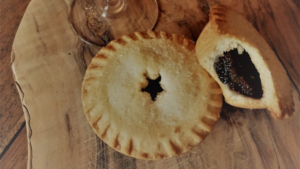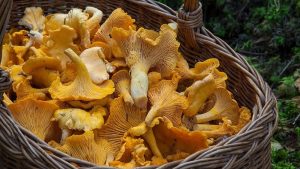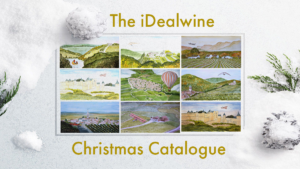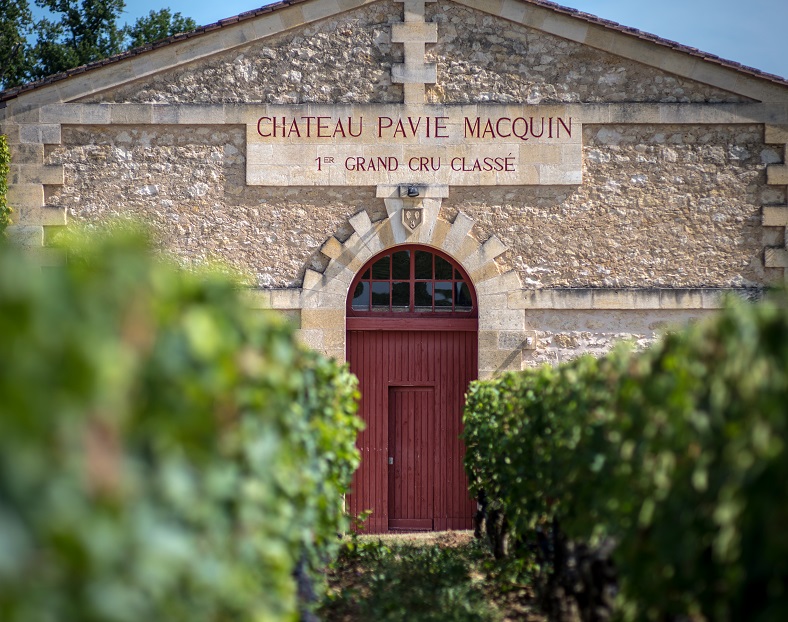
We spoke to Cyrille Thienpont, who runs Château Pavie-Macquin with his father, about the history of the estate and what exactly makes it special. The quality of the château’s wine is unanimously praised, so it’s worth finding a bit more out.
When did you join Pavie Macquin?
“I arrived at Pavie Macquin in 2008 to join my father, Nicolas, who had been running the domain since 1995. Before coming to work here, I spent time at other wine estates, including in Italy and Syria in 2005. The duo of my father and consultant Stéphane Derenoncourt is in some ways the soul of Pavie Macquin, and they’ve created the characterful wine that people know and love with all its fruit, depth, harmony, and finesse. It’s a bit of a secret recipe! My father has a real sense for following his instinct and listening to the terroir, as well as guiding the vinification and blending. What I bring to the table is a technical knowledge so that we can be vigilant in our work, especially when it comes to analysis. Having said this, I still consider myself an artisan, and this is part of the château’s DNA.”
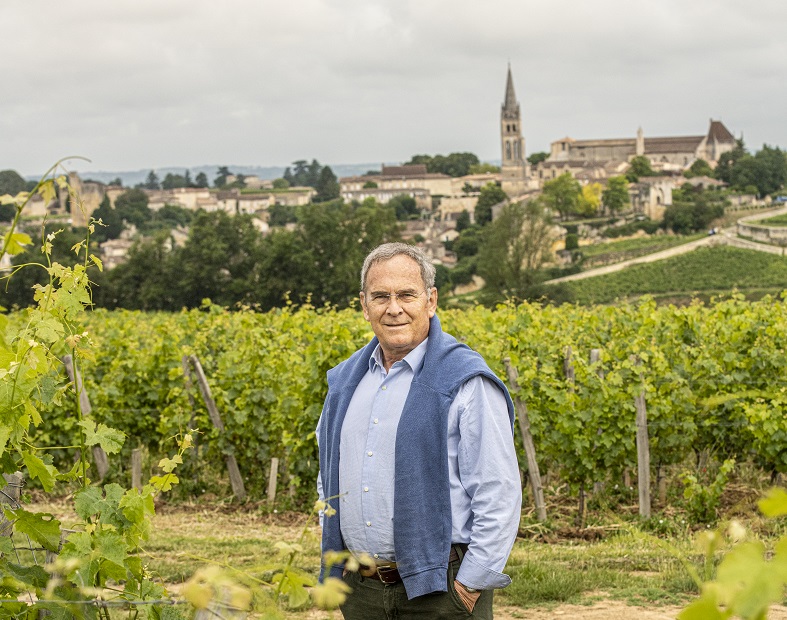
Tell us about the estate’s history
“The history of Pavie Macquin begins with an illustrious man to whom the Saint-Emilion area owes a lot: Albert Macquin who, in the 1880s, introduced the technique of grafting which saved the region from the phylloxera crisis. This agronomical engineer produced over a million of these grafts in 1887 and set up his own grafting school to teach other vintners what he knew. Albert played a big part in helping Saint-Emilion through that disaster, hence the inclusion of his name. The ‘Pavie’ part refers to the hill where the domain sits. There are actually a few different estates that sport the name of this terroir, like Château Pavie and Château Pavie-Decesse. Ours is a grouping of several properties acquired by Albert Macquin from 1887: Peygenestou, Pavie-Chapus, and Pavie-Pigasse, today comprising 15 hectares of vines. With our team of six, we always try to be ahead of the curve in the art of winemaking. When the Classement de Saint-Emilion was reviewed in 2006, Pavie-Macquin became a premier grand cru classé.”
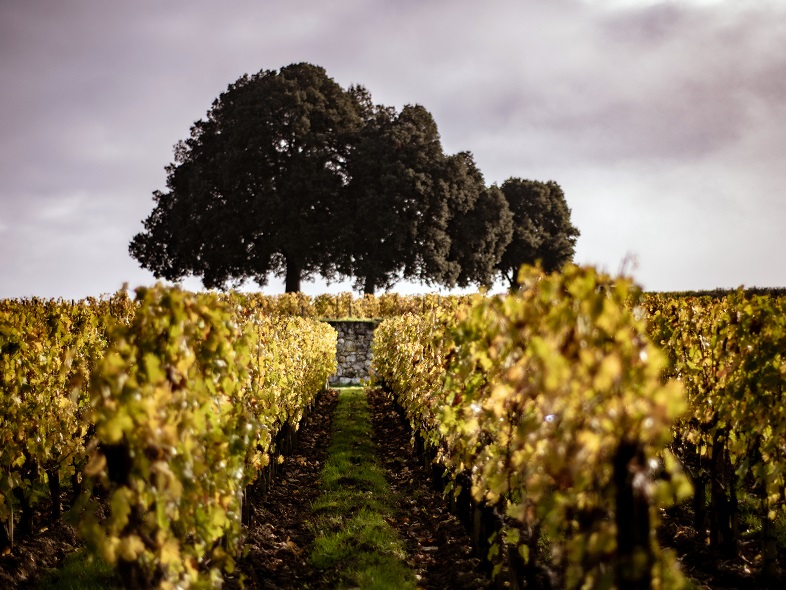
What makes the terroir so exceptional?
“The vineyard is in a perfect location on the Saint-Emilion plateau at around 75 to 100 metres above sea level. The soil is rich in chalk and clay and has been carefully studied so that we can get the best from it. Some of the chalkstone is really quite deep, for example. Our precise understanding of the soils and their placement means we can figure out the best order for harvesting the grapes, as well as putting together similar juices that will reveal particular characteristics once vinified. The balance the wines have between power and finesse is in part due to the exceptional soils. It would be false to claim that we follow any particular methods in the vineyard, such as biodynamics…we don’t work according to the lunar calendar. We aren’t slaves to certification, but we have our own ways of getting the best wine from our fruit: we prepare tisanes and infusions, control the yields, no herbicides are used, extraction is gentle and maceration is long. The wine is matured on fine lees for 16 to 20 months.”
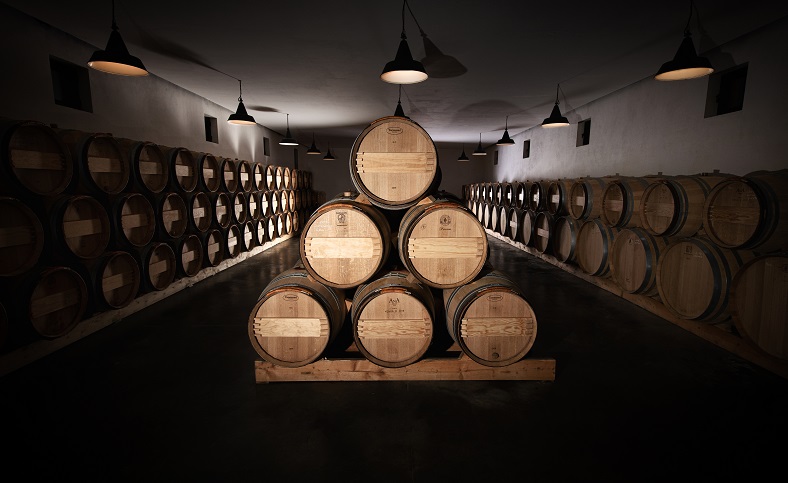
Do you have any upcoming projects?
“At Château Pavie Macquin, there are always new things in the pipeline. We’re currently in the process of restructuring the vineyards by making them a bit denser. Without losing any quality, we plan to make our production levels more regular, and the plant material from our massal selections will help. We’re also going to plant more Cabernet Franc in the chalkier ground to really promote this grape, as it has an important role to play in our blends. We’ll then be building a new winery for our casks, this time underground!”
You’ll find more information and all the wines from Pavie Macquin available here

